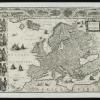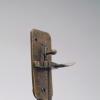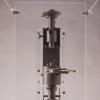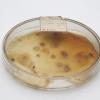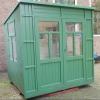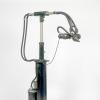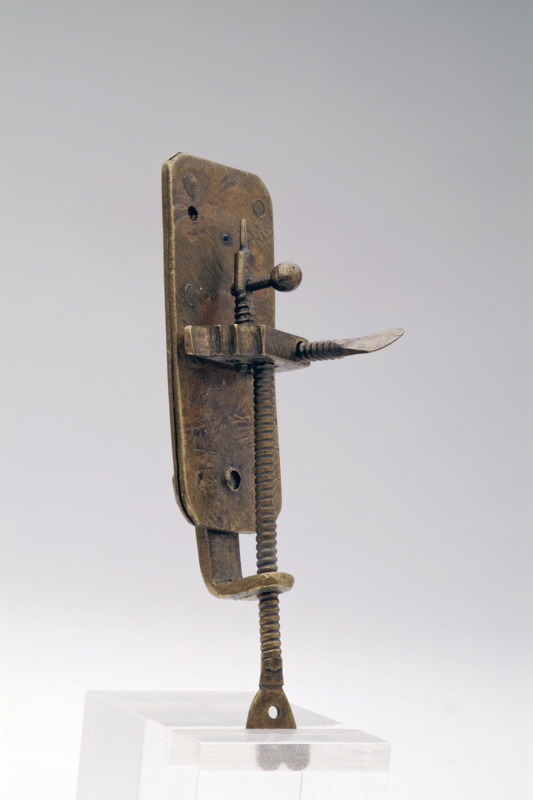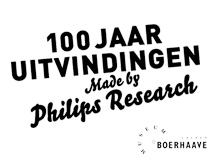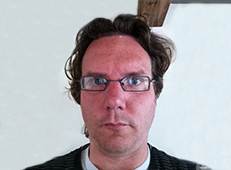New world, new organisms
The 17th Century was a period of great scholars like Huygens, Newton, and Galileo who discovered the laws of nature, later known as the scientific revolution. Many of these discoveries were enabled by new technical advances in scientific measurment.
Telescopes aided the discovery of new planets - and the microscope opened up a whole new microworld. The rich Delft cloth merchant and amateur scientist Antoni van Leeuwenhoek (1632-1723) began groundbreaking work with his discoveries. With his exceptionally strong microscope he was able to get to magnifications of 480 times.
This enabled him to see structures such as cells and what he called ‘kleine dierkens’ (‘wee beasties’). Although Van Leeeuwenhoek never called them bacteria, his descriptions match those of bacteria we now know. It was not until the 19th Century that a scientific connection was made between micro-organisms and disease.
It is generally assumed that Van Leeuwenhoek used lenses in his profession as cloth merchant to inspect material. His inspiration to study nature came from the famous book Micrographia by Robert Hooke (1635-1703). Hooke was a central figure in European microscopic research. As curator of experiments of the English Royal Society (founded 1660) he corresponded with Van Leeuwenkoek - among many others - about the latest discoveries, resulting in swift dissemination of new knowledge.
Perhaps the most fundamental contribution Van Leeuwenhoek made to biology was his idea that living organisms consisted of cells. In so doing, he not only laid the foundations for what would later be called cell theory, but also microbiology.
 Previous Story
Next Story
Previous Story
Next Story
How to cite this page
Bart Grob, 'New world, new organisms', Inventing Europe, http://www.inventingeurope.eu/philips/new-world-new-organisms
Sources
- Jorink, Eric. Wetenschap en wereldbeeld in de Gouden Eeuw. Hilversum: Verloren, 1999.





